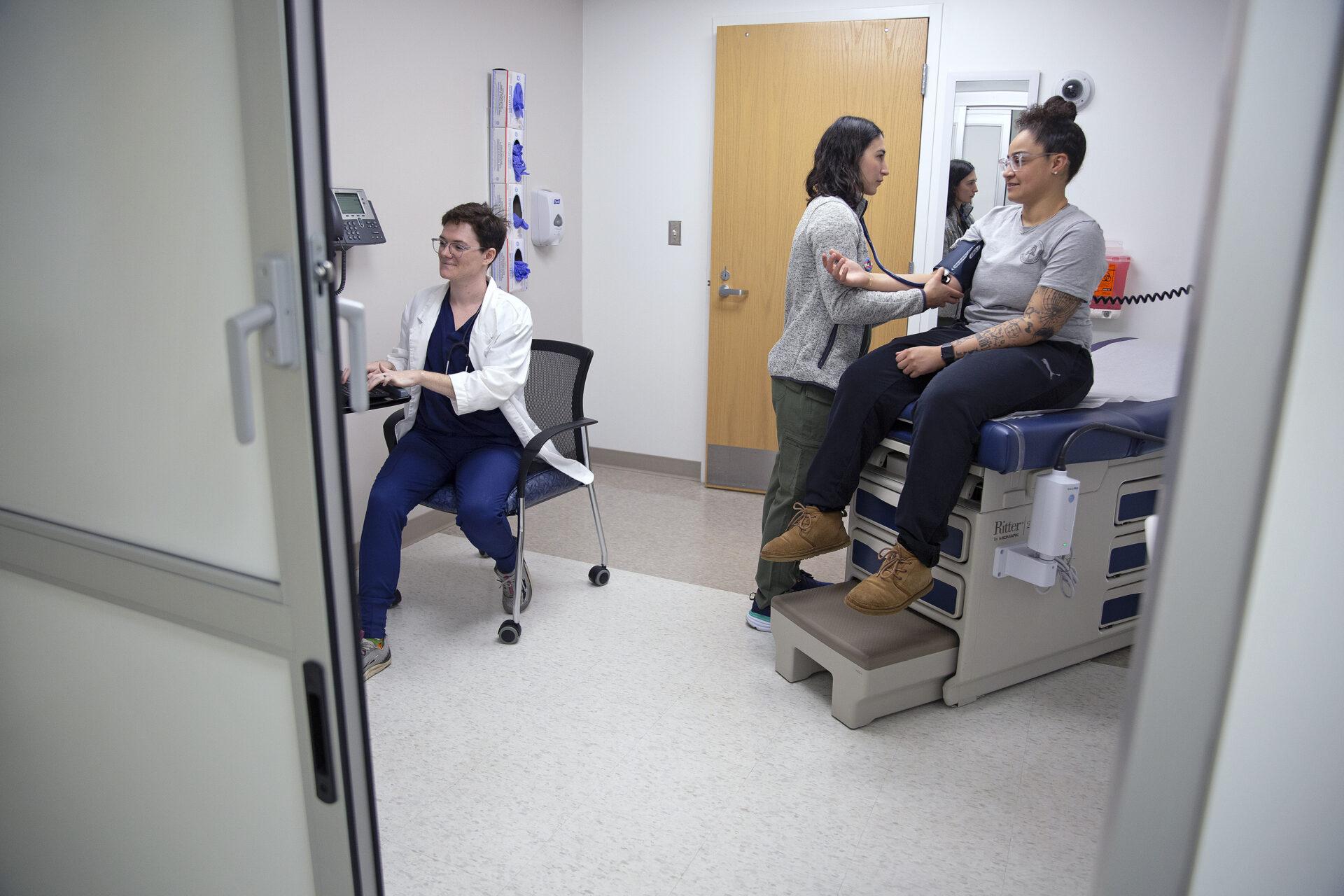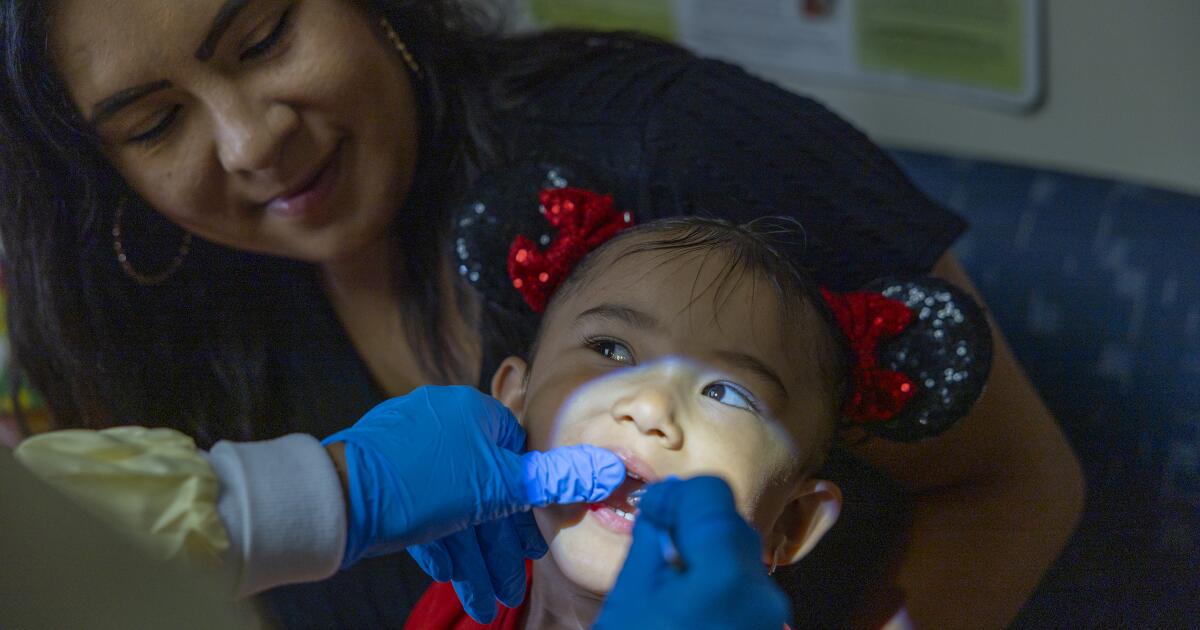Burnout, Violence: How Much More Can Healthcare Workers Take?
7 min read
If you or someone you know is considering suicide, call the National Suicide Prevention Lifeline at 1-800-273-TALK (8255).
When oculoplastic surgeon Zinaria Williams, MD, began medical school, she made a promise to herself to care for underserved communities. Her parents — both university educators — had instilled within her at a young age a love for learning.
Being a doctor became an important part of who she was early in her life. What she didn’t know when walking through the doors of medical school was that six to nine of her peers would eventually die by suicide (every year in the U.S., it’s estimated that 300 to 400 physicians die by suicide).
Nor did she know that her personal safety – both psychological and physical – would be at risk when she walked through the doors of her workplace.
Williams cared for some of Boston’s most difficult patients during her medical training, and she continues to do the same today in New York City. While never physically assaulted, she said she was regularly manipulated and sometimes physically threatened by incarcerated and psychiatric patients.
That, coupled with extreme sleep deprivation and the responsibilities of being a new resident with little support from mentors who verbally abused house staff, proved to be toxic. She felt anger and resentment brewing within, and began to detach from patient care.
“I knew something wasn’t right,” she said, reflecting back on her training. “My identity was so attached to being a doctor. I had all these student loans and didn’t see any way out. I also couldn’t connect with patients the way I wanted to, and thought it was anger management I needed. It’s shameful even admitting it, but feeling it? I just didn’t want to be this way.”
While driving home from the hospital one evening over the Longfellow bridge crossing the Charles River, Williams found herself wondering if it was high enough.
“I was having suicidal ideation, and sought help through the Employee Assistance Program. With the help of a therapist, I began to see it wasn’t me. It was the environment. I think this is how I was able to get through training, though it was only one level of it.”
Many residents and physicians do not seek help when feeling depressed, burned out, or detached from the self that first sought to heal others because of the stigma associated with asking for help as a medical professional. But recognizing and treating these issues, especially as healthcare workers continue to fight yet another COVID-19 surge, is becoming even more necessary.
Fighting for Healthcare Worker Mental Health
Before Lorna Breen, MD, a New York City emergency medicine physician, died by suicide in April 2020, she was by all accounts a happy person with a wide circle of friends and family. But at the time she was struggling most, she feared she was going to lose her license to practice medicine because she sought mental health assistance after treating COVID-19 patients in the first wave, after contracting COVID-19 herself, and after going back to work managing two of the busiest emergency rooms in New York City while recovering from the virus.
Breen’s sister, Jennifer Feist, and her husband, Corey, started the Dr. Lorna Breen Heroes’ Foundation to reduce burnout of healthcare professionals and safeguard their well-being and job satisfaction. Corey Feist is also the CEO of University of Virginia Physicians Group.
When asked if Breen suffered from burnout prior to COVID-19, Corey Feist replied, “I know the practice of medicine is very hard. She was getting her MBA because she was trying to improve the system and advance her career. In my experience, doctors are getting their MBA and exploring alternative careers because the day-to-day clinical practice is burdened by inefficiencies. She never used the term burnout, but she did mention how challenging it was becoming to practice medicine.”
He also pointed out that Breen’s last clinical paper explored the link between workplace inefficiencies and burnout.
Sadly, fears related to losing her license for seeking assistance from the trauma she suffered while treating COVID-19 patients may have been somewhat unfounded. New York earned an “A” grade in Pamela Wible, MD,’s list of state compliance with American Disabilities Act mental health-related questions on license renewal applications.
“That myth is so strong in the culture that we’re working on educating the workforce around this issue,” Feist said. While progress is being made, recommendations by the Federation of State Medical Boards regarding physician wellness and burnout — some directly related to licensing — have not been adopted in all 50 states. And in a September 2021 U.S. News & World Report commentary, the Feists identify five additional structural workplace barriers physicians like Breen face when trying to heal themselves.
The Feists have also fought to protect healthcare workers by helping congressional leaders shape legislation which garnered bipartisan support and unanimously passed the U.S. Senate and House subcommittees earlier this year.On Wednesday, December 8, the Dr. Lorna Breen Health Care Provider Protection Act (S.610 and HR 1667) was passed by the full House 392-36, and is now in the Senate awaiting final approval.
The Act provides $140 million in grant funding for suicide prevention and peer support at healthcare facilities, and ensures that healthcare professionals can ask for mental health assistance without it having a negative impact on their careers. Funding for the grant money was built into the American Rescue Plan, and will soon be allocated by the Health Resources & Services Administration.
An Epidemic of Violence
What makes culture change in healthcare even more urgent is increasing workplace violence, which was on the radar of The Joint Commission long before the pandemic. In 2018, the commission issued a Sentinel Event Alert calling attention to the frequency with which healthcare workers are assaulted.
At Cox Medical Center in Missouri, hospital staff have been given panic buttons in response to a three-fold increase in assaults (40 to 123) from 2019 to 2020, and a four-fold increase in injuries (17 to 78). Nurses and physicians here have been sworn at, spit on, and physically attacked.
Tammer Elmarsafi, DPM, director of podiatric surgery at Vascular Surgery Associates in Maryland, was a chief resident leading rounds with two junior residents when he was physically assaulted by a patient. When the patient became agitated in the exam room, Elmarsafi asked the junior resident to step out of the room. When the patient showed additional warning signs, he tried to de-escalate the situation. When that didn’t work, he left the room.
“The patient had assaulted two nurses on two separate occasions that day, but there was nothing to indicate this in our system,” Elmarsafi said. “While I was trying to gather information, he came out of the room and sucker punched me in the face.”
“It was the first time I’d ever experienced anything like this and it was traumatic — both emotionally and physically,” he said.
Elmarsafi pointed out that everyone nearby who witnessed the attack was profoundly affected. When it came to pressing charges, he was too overwhelmed to process what had happened. He also knew that the patient wasn’t getting the behavioral health treatment he needed because the facility where he was being treated closed down.
“I was also fearful,” Elmarsafi said. “I have three little kids and what if the patient pulled his medical record down the road? It took me a long time to recover from this. I think that there’s a severe underestimation of how long it takes someone to recover.”
Despite the frequency of these attacks, many health systems are caught off guard when they do occur. Guidance from The Joint Commission effective January 1, 2022, will give healthcare leaders a framework for workplace violence standards to help define and prevent it.
It also outlines education and policies and procedures to protect healthcare professionals before and after they are harmed psychologically or physically.
Making content or guidelines come to life, however, requires serious action and commitment by leadership to support a culture that values and is designed for safety – for patients and providers alike.
In a U.S. News & World Report commentary from August 2020, Williams wrote, “Those on the medical front lines should not have to ask for help in the first place. Under normal conditions, they endure a psychological toll. With COVID-19, their daily responsibility for the lives and deaths of others has intensified and led to hopelessness and psychological trauma.”
“If mental health care were mandated for everyone, the stigma would lose its power and mental health assistance would be part of a health care worker’s normal professional process,” Williams wrote.
Elmarsafi echoes the proactive approach in keeping healthcare professionals safe.
“This can’t be reactionary. We have to establish a preventative methodology,” he said. “I wish this was less of a medical-legal or financial concern for health systems, and that the response was rooted in a place of compassion. If we can start there, programs could be expedited.”
If you or someone you know is considering suicide, call the National Suicide Prevention Lifeline at 1-800-273-TALK (8255).






